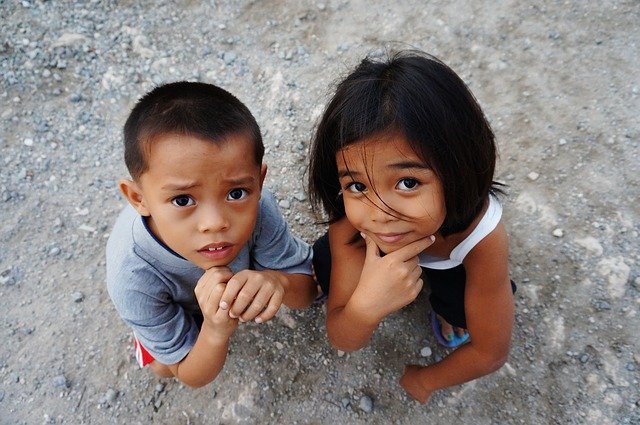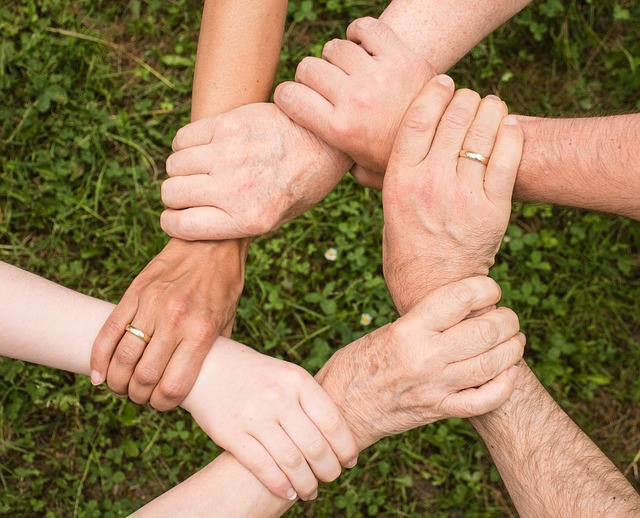Over the past couple of blog posts, I have focused on the manifestation of trauma and adverse childhood experiences in our negative self-thoughts and addictive behaviours. Drawing on the work of Dr. Gabor Maté in the area of compassionate inquiry, I have also discussed how the compassionate approach to addiction is to look beneath the self-destructive behaviour to the person and pain that lies beneath. In this post, I want to explore more of Gabor’s ideas about the negative impact of adverse psychological and social environments and how they lead to chronic disease.
Gabor suggests that a fundamental flaw of the traditional medical model is the separation of mind and body and viewing a person in isolation from their psychological and social environment. This leads to a symptomatic perspective on illness and the use of medications to redress the symptoms. He suggests that these deficiencies in the approach of traditional medical practice are no more highlighted than in the pursuit of the search for a cure for cancer. He draws on the work of a holistic wellness expert who illustrates this flawed thinking by arguing that the research of individual cells for the source of cancer is like exploring the combustion engine as the cause of traffic jams.
Gabor strongly maintains that his years of family medical practice and his role as Coordinator of palliative services (end-of-life care) for a hospital have convinced him that underlying all chronic disease, without exception, is a deficient psychological and social environment of the individual involved. His assertion is based, in part, on the assumption that a defective social and psychological environment negatively impacts the immune system as well as other bodily systems (such as the respiratory and cardiovascular systems) that are inextricably interconnected. He asserts in live with Buddhist philosophy that everything is connected to everything else and that “nothing exists on its own”. He cites the Buddhist concept of life as the “interconnection of co-arising phenomena”.
He argues that in line with this perspective which reflects the reality of human existence, that a leaf and raindrop should be viewed not as isolated occurrences but as resulting from the interplay of soil, compost, sky, sun, rain and atmospheric conditions. Louie Schwartzberg would add the role too of mycelium (mushrooms and their internet-like connected tentacles beneath the earth). Gabor maintains that we have to take a “biocycle, social approach” to really address the causes of chronic illness.
The impacts of injurious psychological and social environments
Gabor in his YouTube© talk on “When the Body Says No”, draws on scientific studies to demonstrate the connection between stress and disease. He maintains that an injurious psychological and social environment has major implications for the development of illness. He illustrates this interconnection, for example, by discussing the impact of stressed parents on the physical welfare of a child. Parents themselves can be stressed by their environments (economic and social systems, the presence or threat of war, racism) and/or their own lived experience of trauma or adverse childhood experiences. The child, in consequence of this psychological/social environment, is stressed and scan suffer from asthma (which itself is treated with stress hormones to open the airways and reduce inflammation, resulting in the adrenal system becoming overcharged).
The parents’ stress is contagious – the child is aware of their own body and the impacts of parental stress on their bodily sensations. The pain of the parent, mother and/or father, is experienced by the child but the real problem is that this pain “never gets discharged”. Gabor cites Australian research that demonstrates that our bodies adapt to our psychological and social environment (as well as our physical environment). He maintains that some of this adaption is helpful in the short term but in the longer term results in adverse bodily manifestations such as elevated blood pressure, heightened stroke risk, unhealthy sugar levels, arteriosclerosis and defective immune system.
Gabor also refers to research that shows that if a woman is both stressed (psychological environment) and isolated (social environment) her chances of a lump in her breast being diagnosed as malignant are increased immensely. This research reinforces the interplay of illness and the psychological/social environment of an individual. Other research shows that if one partner of an elderly couple dies, and the other partner is left bereaved and isolated, there are deleterious changes in the surviving partner’s immune, nervous, hormonal and cardiovascular systems, resulting in a “significant risk of dying”.
The development of illness through the suppression of challenging emotions and our own needs
Gabor demonstrates that suppression of challenging emotions such as anger negatively impacts the immune system and other connected bodily systems. A person may suppress expressions of anger to gain and/or maintain parental affection and affiliation (because their absence is too painful). The result of suppression of challenging emotions is “suppression of the immune system”.
Gabor argues that a key contributor to disease is a personal stance that is forever worrying about other people’s psychological needs while “ignoring your own needs”. This can manifest as feeling responsible for the feelings of others and avoiding any words or actions that might disappoint them. Gabor argues then that there are four significant risk factors that contribute to chronic illness and are life-threatening (18 minute mark of his talk):
- Ignoring your own emotional needs to cater for the perceived needs of others
- Identifying yourself with duty and responsibility in a way that is rigid (at the cost of your own authenticity, thus creating an external locus of control)
- Repressing challenging emotions such as anger or resentment
- Believing that you are responsible for how other people feel and, in consequence, trying assiduously not to disappoint them (and, as a result, never saying “no” when you should do so for your own health and welfare).
Gabor contends that “attachment” is the “most important dynamic in human life”. Without it, we cannot survive as infants or adults. We seek “closeness and proximity” with another so that we “are taken care of”. He maintains that pathologies arise when our attachment needs are not met. This, in turn, leads to frustration of our other basic need, the need for “authenticity” – which he expresses in terms of our ability to be in touch with, and listen to, our “gut feelings”. Gabor instances the “please love me syndrome” of Robin Williams as an underlying cause of his depression and chronic illness, leading to his death by suicide.
Reflection
We cannot ignore the impact of our psychological and social environment on our physical health. At the same time, we have to recognise that we are contributing to the creation of a psychological and social environment that could be healing or harmful for others, especially if we are in a caring or managerial role. Gabor explains his ideas about stress and illness in his book, When The Body Says No: The Cost Of Hidden Stress. He also provides training and further resources on his website, The Wisdom of Trauma.
As we grow in mindfulness, we can become increasingly self-aware and aware of our impacts on the physical health and psychological welfare of others. We can be more determined to take compassionate action, to look beneath self-destructive behaviours to find the person desirous of wellness and associated ease.
___________________________________________
Image by Pete Linforth from Pixabay
By Ron Passfield – Copyright (Creative Commons license, Attribution–Non Commercial–No Derivatives)
Disclosure: If you purchase a product through this site, I may earn a commission which will help to pay for the site, the associated Meetup group, and the resources to support the blog.









